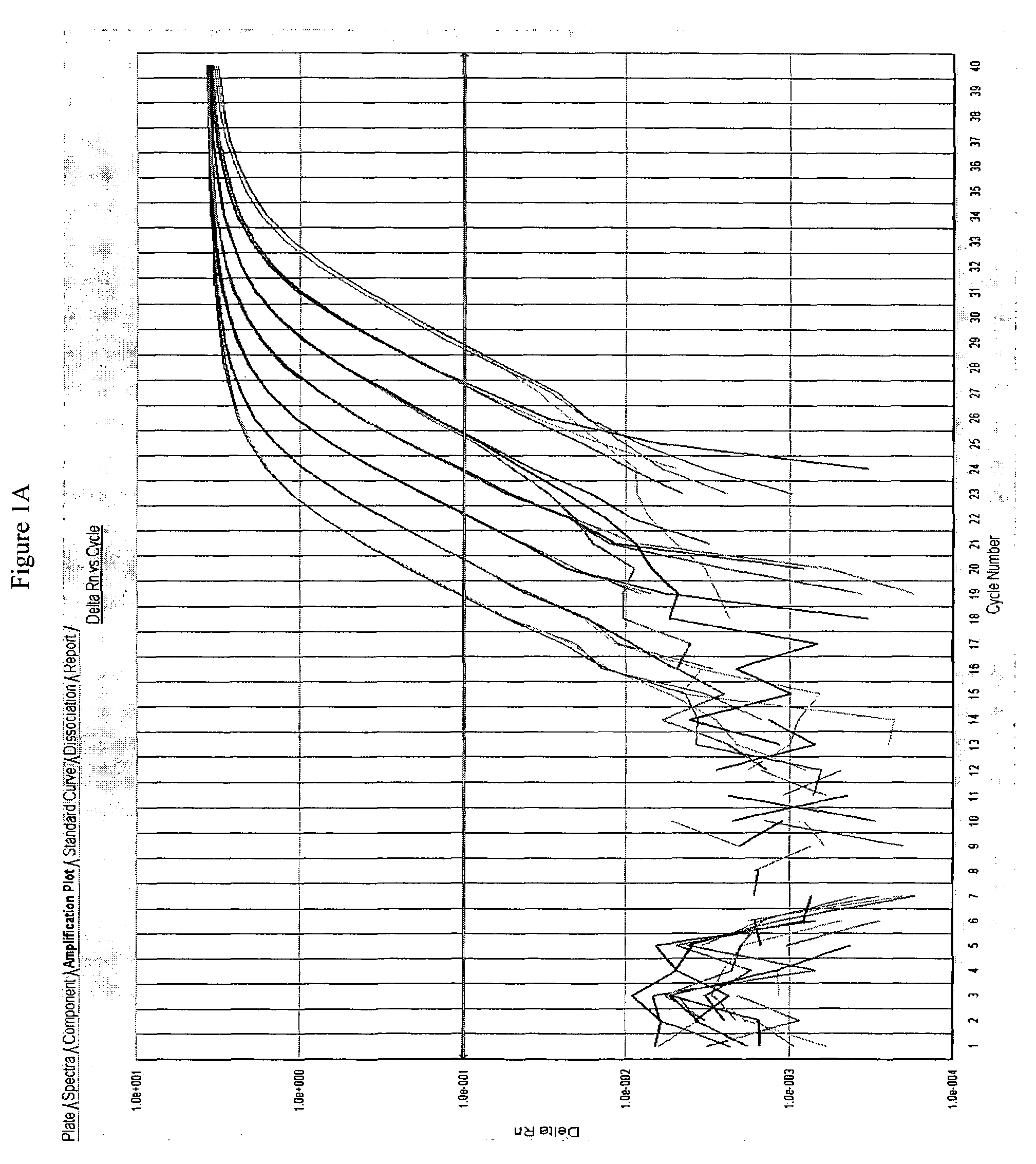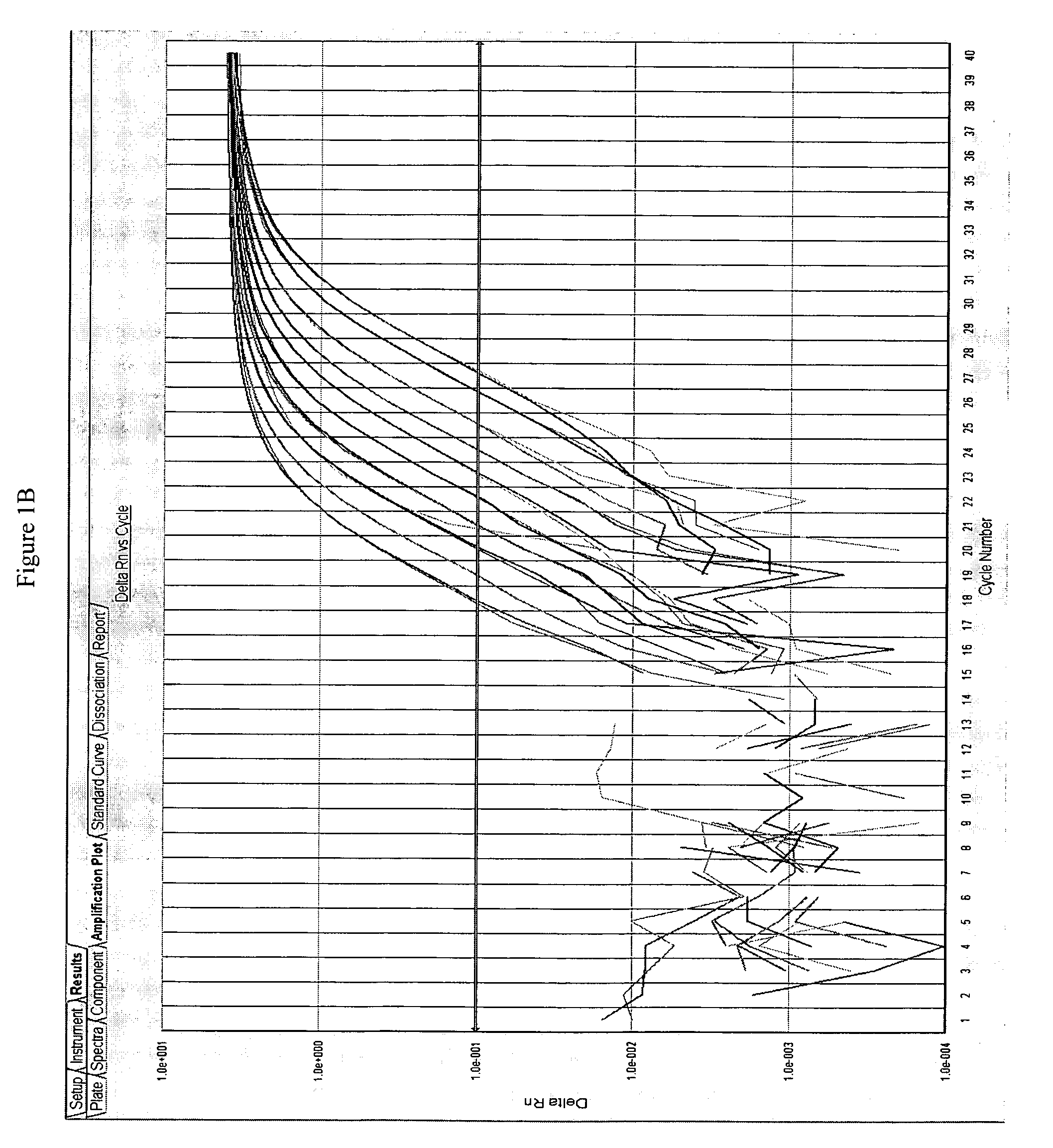Method of determining a chemotherapeutic regimen for non small cell lung cancer based on BRCA1 expression
a chemotherapeutic regimen and non-small cell lung cancer technology, applied in biochemistry, heavy metal active ingredients, organic chemistry, etc., can solve the problems of affecting the curative potential of lung cancer, and no predictive genetic markers of the response to chemotherapy used for tailoring treatment, etc., to achieve good differential sensitivity and improve survival
- Summary
- Abstract
- Description
- Claims
- Application Information
AI Technical Summary
Benefits of technology
Problems solved by technology
Method used
Image
Examples
examples
Patients
[0048]In all patients, neoadjuvant chemotherapy was indicated after evaluation by a thoracic surgeon, a radiologist, a medical oncologist, and a radiation oncologist. Patients received three cycles of neoadjuvant chemotherapy; 51 received cisplatin 100 mg / m2 day 1 plus gemcitabine 1250 mg / m2 days 1 and 8 every 21 days, and four received carboplatin AUC=5 day 1 plus gemcitabine 1000 mg / m2 days 1 and 8 every 21 days. A thoracotomy was performed within four to five weeks after the last chemotherapy cycle; the surgical procedure was based on the extent of tumor at the time of the initial presentation.
BRCA1 Gene Expression Analysis by RT-QPCR
[0049]We examined BRCA1 gene expression in formalin-fixed, paraffin-embedded surgical resected specimens from the 55 patients as previously described: Specht K, et al. (2001) Am. J. Pathol., 158, 419-429: “Quantitative gene expression analysis in microdissected archival formalin-fixed and paraffin-embedded tumor tissue”; Krafft A E, et al. (1...
PUM
| Property | Measurement | Unit |
|---|---|---|
| median time | aaaaa | aaaaa |
| median time | aaaaa | aaaaa |
| shrinkage | aaaaa | aaaaa |
Abstract
Description
Claims
Application Information
 Login to View More
Login to View More - R&D
- Intellectual Property
- Life Sciences
- Materials
- Tech Scout
- Unparalleled Data Quality
- Higher Quality Content
- 60% Fewer Hallucinations
Browse by: Latest US Patents, China's latest patents, Technical Efficacy Thesaurus, Application Domain, Technology Topic, Popular Technical Reports.
© 2025 PatSnap. All rights reserved.Legal|Privacy policy|Modern Slavery Act Transparency Statement|Sitemap|About US| Contact US: help@patsnap.com



